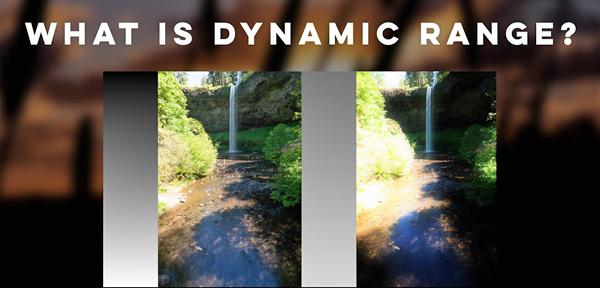Camera Basics: What is “Dynamic Range” & How it Affects your Photos (VIDEO)

Pretty much everyone with a camera has heard the term “dynamic range” bandied about. But do you really know what it means and how it affects your photos? If not, this quick tutorial is for you.
Vincent Ledvina is the brains behind Apalapse—a unique educational YouTube channel offering a wide range of easy-to-follow tutorials for photographers of all skill levels. In this episode he presents an overview of dynamic range so you can apply this concept to making better images.

The notion of dynamic range can get very complex in a hurry. But in his typical straightforward style, Ledvina presents a basic five-minute primer so you can immediately put what you’ve learned to work.
Simply put, dynamic range is the measurement between maximum and minimum values. As pertains to photography, that means the difference between the whitest whites and the blackest blacks in a photograph. Put another way, dynamic range spans the lowest and highest values of density and luminance.
To illustrate the concept Ledvina begins with a graphic of a smooth transition from black to white, with a large but finite number of tones from the whitest whites to the blackest blacks in the gradient.

In a second graphic Ledvina presents a gradient from light gray to dark gray without true black or white points. As you’ll see, this results in a much shorter dynamic range than in his first example. As he explains, “The contrast on the scale is much greater on the black-and-white gradient than it is on the gray-to-gray gradient.
So what does all this mean for your photography? Watch the video and find out. You’ll also want to pay a visit to Ledvina’s YouTube channel, for more helpful videos—many of which use a unique animated approach to illustrate the concepts discussed.
And be sure to check out another basic primer we posted, explaining how to easily fix under- and overexposed images.
- Log in or register to post comments








































